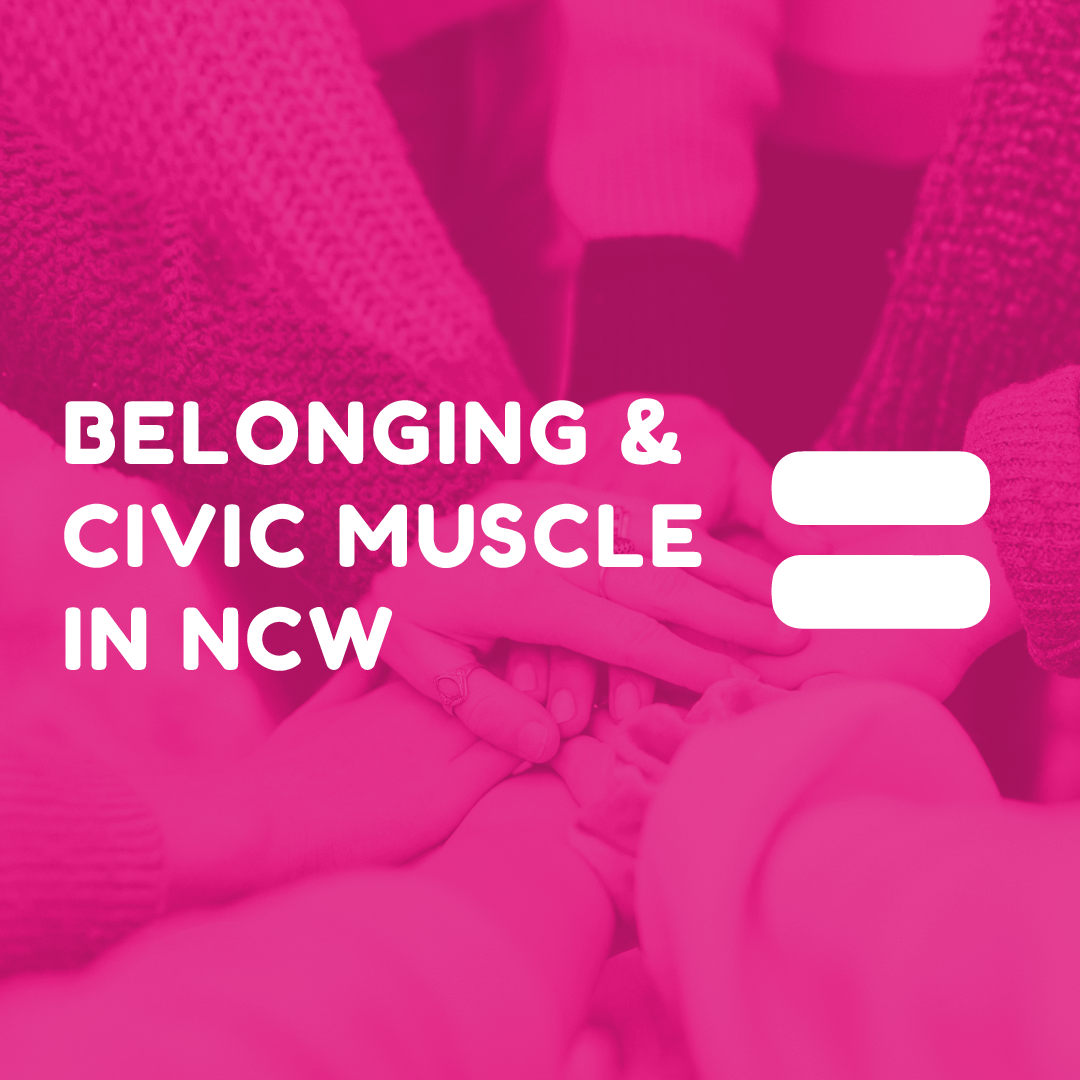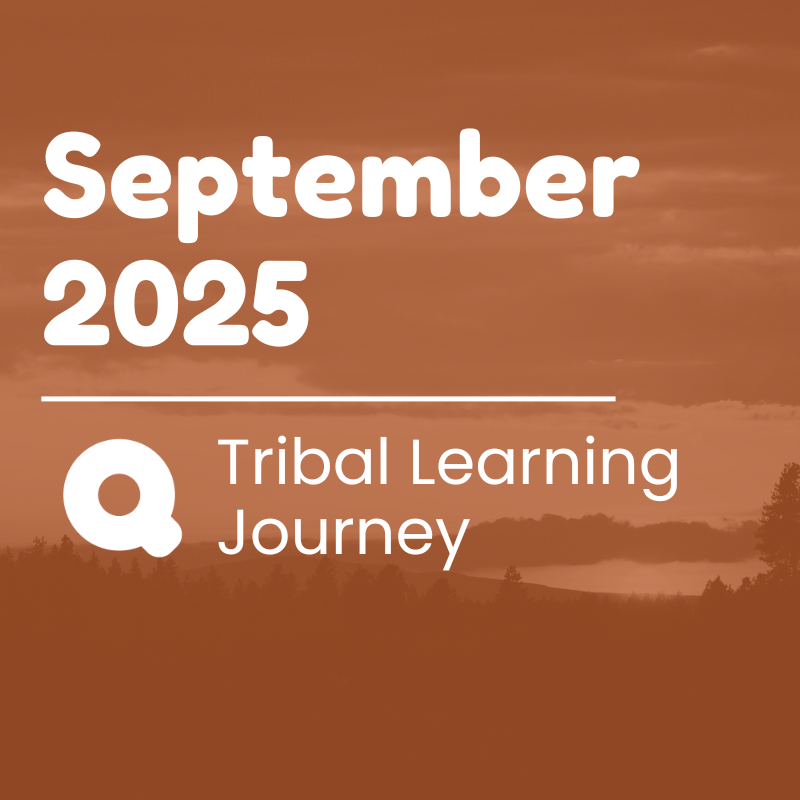
Data &
Reports
Thriving Together NCW uses data to inform decisions and guide our direction as we plan, design, and implement health improvement projects in our region.
Below, find a variety of reports along with some of our favorite public data resources for exploring health outcomes, needs, and disparities in our four county region.
Regional Data on the Vital Conditions
Thriving Together NCW uses the Vital Conditions framework to guide our efforts of working upstream and targeting the root causes of the problems our communities face. Learn more about the vital conditions as a whole and why we adopted this framework here or explore our regional data and insights on each of the vital conditions by navigating to the reports linked below.
Latest Reports
Learning Session Reports
Explore our library of Learning Session Reports to catch up on ones you missed or to dig deeper into the topics discussed. Each report offers a high-level overview of key themes, highlights partner organizations leading work in the topic area, and includes additional resources. You'll also find links to watch the recorded session and access presentation materials.
Measuring Wellbeing in North Central Washington
Thriving Together NCW launched the North Central Washington Wellbeing Survey in 2024 to gain a deeper understanding of what enables or prevents individuals in our region from thriving. We encourage each of our partners to delve deeper into the survey findings and consider how these insights can inform our collective work.
NCW Wellbeing Report
Host a Community Dialogue
Creating a region that supports our aspiration of all people and places thriving will require authentic dialogue. At Thriving Together NCW, we recognize that both quantitative and qualitative data are essential to understanding the factors that contribute to or hinder an individual’s wellbeing.
To support partners who are interested in hosting community dialogues within their own networks, Thriving Together NCW put together a few resources, to get you started.
-
This comprehensive guidebook will provide you with the insights and tools needed to host meaningful and engaging conversations.
-
This template will help you organize the notes you take during the community dialogue.
Once you’ve completed a community dialogue, please click on the button below to share your notes from the session.
Shared Measurement Data Inventory
Contributing your data to Thriving Together NCW’s Shared Measurement Inventory helps our region build a clearer picture of what’s already been collected, supports grant writing and program planning, and reduces duplication and survey fatigue across the community. By clicking the link, you can explore all current datasets in the inventory, add your own, and share any upcoming data collection efforts so we can help spread the word and strengthen our collective impact.
Organizational Reports
Resources
-
How the Data Informs Our Work:
This interactive dashboard allows you to explore the breakdown of our Medicaid population as well as healthcare measures and maps – across different geographies and demographics. This dashboard was specifically developed for Washington’s Medicaid Transformation.
-
How the Data Informs Our Work:
Compares clinics, medical groups, hospitals, counties and ACHs on common types of quality care. A great complement to the Healthier Washington Dashboard (though be careful with comparisons since measurement periods and metric specifications may be different).
-
How the Data Informs Our Work:
Recently revamped website! Great county-to-county comparison across a variety of health outcome measures, including the ability to download the data.
-
How the Data Informs Our Work:
This resource is full of data visualization through maps. You can sort, export, chart, and map data across a variety of public health indicators, including opioid measures. You can explore maps that show community rankings that highlight health and social disparities. You also can explore dashboards specific to opioid prescriptions or related to social determinants of health (e.g. the percentage of the population in poverty, living with crowded housing, with limited English, unemployed and uninsured).

Thriving Together NCW’s Data Staff Support Lead:
Sara Bates
Director of Community Data





















